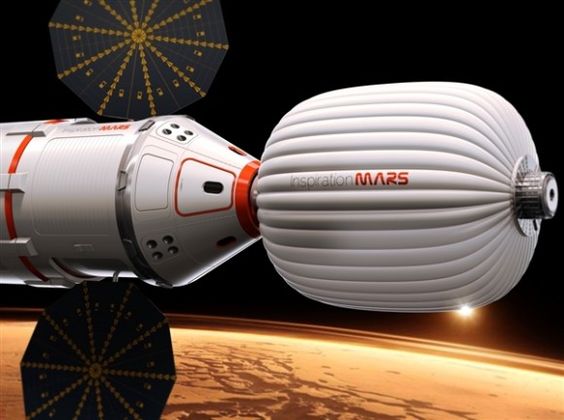Aerospace electronics refers to specialized electronics engineering for aviation and space vehicles. These systems enable proper functioning and safety of aircraft, spacecraft and other vehicles used to explore the skies and beyond. Continuous enhancements in this niche field are helping push boundaries in aviation and space exploration. Let’s find out the trailblazing innovations in aerospace electronics and their wide applications that aim to better life on Earth and unlock the mysteries of the universe.
New Age Advancements
The following breakthroughs showcase how aerospace electronics is evolving dynamically to fuel the aspirations of transformative industries.
Lightweight Systems
Size and weight matter critically in flight operations. Aerospace electronics components are undergoing progressive miniaturization without compromising processing competence. State-of-the-art sensors, processors and communication tools fit into amazingly small packages. Lightweight still delivers optimized performance, enabling vehicles to positively improve fuel-efficiency and longevity of space and air missions.
Smart Materials
Aerospace gadgets operate under intense conditions in flight like wild temperature fluctuations, high radiation exposure in space and gravity shifts. Specialized materials guard these electronics optimally by absorbing excess radiation, adapting efficiently to thermal spikes and bracing components firmly despite turbulence and vibrations as needed. These smart supplies ensure electronics withstand the ride stresses and keep operating reliably.
Interconnectivity and Automation
Intercommunication technologies like the internet of things and satellite networking allow various parts of vehicles and infrastructure to stay connected continuously. This synergy lets in-transit systems link real time with ground support for enhanced surveillance. Automation through sensors also takes over mundane piloting, navigation or altitude upkeep activities reliably, thereby reducing human errors and letting specialists focus on more significant, complex decision making. Their orchestration enables safer, higher quality flight execution minus errors.
Eco-friendly Mobility
Electric propulsion techniques that levitate vehicles using electromagnetic fields are being actively researched as alternatives to conventional fossil-fuel based means. Aerospace electronics backs research in this zone for creating speedier outer space satellites and spacecraft minus polluting by-products. Efficient battery types to deliver seamless energy access for such functionalities are also being iterated upon by researchers globally using intelligent simulation tools.
Use Cases Beyond Aviation and Space Discovery
Let’s probe how aerospace electronics aids communication and exploration needs globally across various other sectors too.
Guiding Transport
Global positioning systems containing interconnected satellites and ground support enable civil aviation monitoring for streaming real time flight plans between radar centers regarding position, turbulence etc. This allows easy tracking of planes mid-air for streamlining air traffic as well as preempting collisions. The same setup in coordination with geographic interfaces also helps drivers by providing vehicle telemetry and navigation assistance through satellite signals.
Empowering Space Quests
Space probe missions bank heavily on electronics for managing voyage through interstellar distances as well as transmitting findings back. Guidance programming directs the wandering while sensor instruments capture stellar data and allied electronics ensures the output reaches control centers reliably. Aerospace grade electronic materials and coding protocols able to handle voyage stresses are vital for success, as proven repeatedly across Mars and other cosmic body study initiatives under public and private effort.
Securing Borders
Detection capabilities get a strong boost by aerospace systems like cameras in satellites that can survey large regions and radars on planes that identify wandering crafts. Their electronic control systems capture and relay information from skies to defense agencies in real-time. This allows remote tracking of unauthorized vehicular movement from air for prompt action against infiltrating mechanisms trying to ambush across sea or land borders. It also aids anti-terrorist activities.
Enhancing Life on Ground
Satellite communication technologies expand internet and cellular access to regions lacking land-based connectivity. This brings marginalized areas into the mainstream digitally for education, banking, and business needs fulfillment. Satellite observation also helps generate weather predictions and alerts to warn populations ahead of storms and other natural disasters through emergency communication channels for saving life and property.
Conclusion
The domain of aerospace electronics thus harbors endless opportunities. With continuous research towards efficient communication protocols, smart materials, automated augmentation, eco-friendly mobility enablers and supplementary interface mechanisms using artificial intelligence and machine learning, aerospace electronics promises to push all boundaries of flight and space exploration. Its allied applications also aim to secure life on Earth and beyond like never before!

